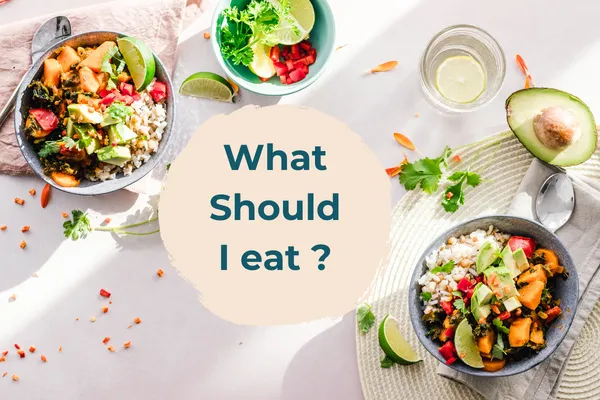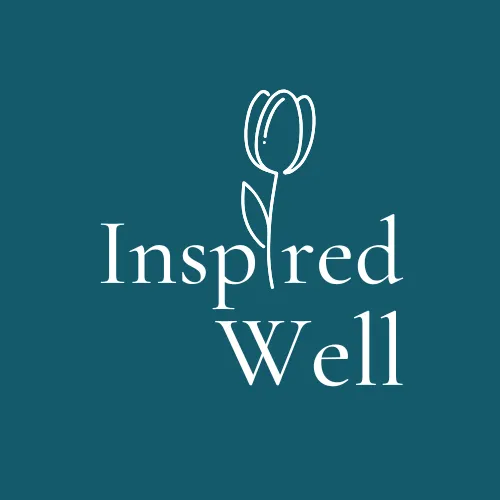Blog

The number one question I am asked as a health coach - Part 2
In part 2 of "The number one question I am asked as a health coach " I am addressing fat and fiber.
FIBER
What you need and how it helps:
25-35g/day is recommended
Slows digestion and prevents blood sugar spikes
Removes toxins
Keeps you full
Veggies should be raw or cooked al dente to retain fiber
TYPES OF FIBER:
Insoluble
Soluble
Prebiotic
INSOLUBLE:
Doesn’t dissolve in water
Stays intact and is undigested
Adds bulk to stool
Keeps you regular
Helps you feel full
FOODS HIGH IN INSOLUBLE FIBER
Dark leafy greens
Green veggies
Nuts and seeds
Fruit (with skin)
Legumes
Whole grains
Berries
SOLUBLE FIBER
Dissolves in water
Creates a gel in the colon
Slows digestion
Supports healthy cholesterol and blood sugar
Improves nutrient absorption
Helps you feel full
Can help regulate blood sugar
FOODS HIGH IN SOLUBLE FIBER
Beans and Legumes
Oats & Barley
Berries
Brussel sprouts & Broccoli
Sweet potatoes
Avocado
Turnips
Flax & Chia seeds
Shirataki “miracle” noodles
PREBIOTIC FIBER
Stays intact and is not digested
Helps feed beneficial gut bacteria
Keeps you regular
Lowers inflammation
May improve immune function
May help with weight loss
SOURCES
Jerusalem artichoke
Garlic / Onion / Leeks
Jicama
Raw asparagus
Resistant starch
Green banana
Cooking, cooling and rewarming potatoes/rice/oats
HIGH FIBER WHOLE FOODS
FRUITS (grams in ½ cup serving)
Blackberries 5
Raspberries 7
Pear 3
Apple 2
Strawberries 2
VEGETABLES : (grams in ½ cup serving)
Avocado 8
Artichoke hearts 6
Broccoli 3
Green Peas 6
Brussels sprouts 4
LEGUMES: (grams in ½ cup serving)
Split peas 8
Lentils 7
Black beans 9
Chickpeas 7
Lima beans 5
Edamame 4
NUTS AND SEEDS: (grams in 2 TBSP)
Chia Seeds 8
Almonds 3
Pistachio 3
Sunflower 3
Ground flax seed 4
SUPPLEMENTATION
If you feel you need extra support there are supplements you can discuss with your medical provider
Acacia fiber
Ground flax seed
Psyllium fiber
Konjac fiber
Potato starch
FAT
For many years fat has been demonized but the truth is every cell in your body is surrounded by a fatty layer AND 60% of your brain is made of fat. This is why healthy fat consumption is so important. Not all fat is created equal! Some promote inflammation while others help lower it.
FATS TO AVOID:
Partially hydrogenated oils
Margarine
Soybean oil
Corn oil
Canola oil
Sunflower oil
Safflower oil
Vegetable oil
FATS TO EAT:
Organic Olive oil
Organic Avocado oil
Organic Coconut oil
Grass fed organic butter
Grass fed organic ghee
MCT oil
FOOD SOURCES OF HEALTHY FAT
Avocodo
Flax & Chia seed
Walnuts
Salmon Mackerel and Sardines
Whole eggs
Dark chocolate (thank you Lord!)
100% Grass fed beef
RESOURCES:
One of my favorite resources for tracking nutrient intake is Cronometer. In the paid version you can see both macro and micronutrient intake. You don't have to track long! Try putting in some of your favorite meals and see if there are any nutritional gaps. The ap will also suggest foods to add to bridge any gaps identified.




